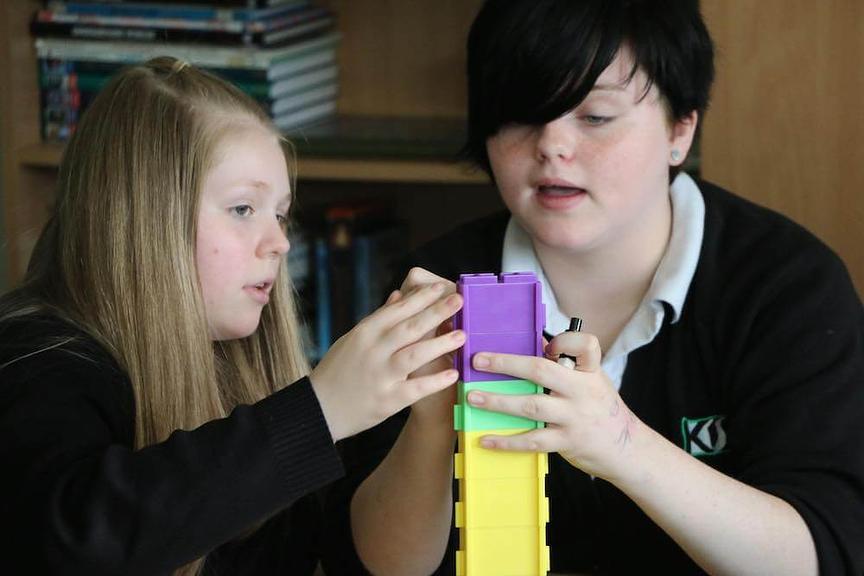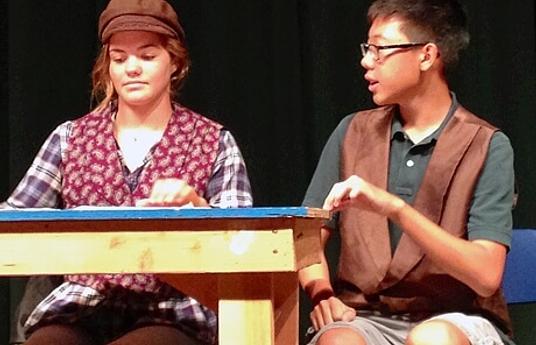When modelling with the blocks, we provide space for children to think their way through unfamiliar tasks and ‘have a go’ whilst explaining their ideas to someone else, a gateway to conceptual understanding. Children need time to organise their thinking before committing pen to paper. This playful approach enables children to make the important connections needed for learning something new.
The block structures that the children build can be thought of as a 3D mindmap. The structures not just reflect but enhance our thinking. When a child builds with the blocks we get the inside picture of their mind, we can see what they are thinking, a powerful part of the formative assessment process. The learners engage in an ongoing physical interaction with the problem they are solving. Grasping the information with their hands, they then have to figure out how it all fits together. This interaction creates an engaging feedback loop of thinking, talking and connecting, providing a child with the creative freedom to refine their ideas. Now we can see their thoughts, we have a much better chance of advancing them. Because we can now access the big picture, mental modelling enables a child to engineer the conceptual leaps needed to understand something new.
We began the project with some small-scale research trials in various schools across the United Kingdom. Our early research demonstrated that the process increased the mental capacity of children. They were able to hold more information and see more connections. Not only this but they were also engaged more deeply. We saw the results in literacy outcomes, particularly in writing capabilities. The schools that tend to engage with us are interested in cognitive science and have a clear agenda for advancing classroom thinking.
You can visit the dedicated webpage: https://www.structural-learning.com/block and watch some of the videos. You will see that it appeals to both primary and secondary age groups. We could also arrange for an online demonstration with the founder to look at how it could be used across your school.

.png)

